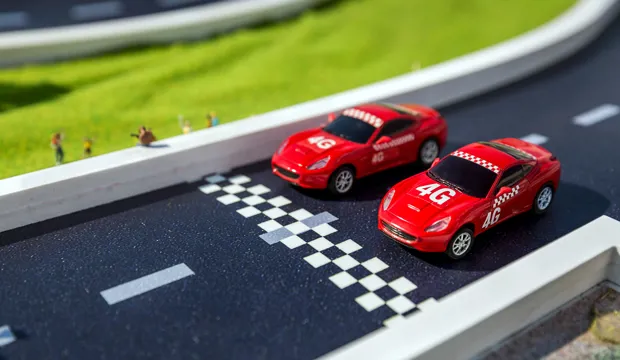
Volcano science experiment
Make an erupting volcano using sodium bicarbonate and vinegar in this free activity.
In this fun STEM activity, learners will make an erupting volcano science experiment using sodium bicarbonate and vinegar. They will first make a volcano using card, and then they will mix the sodium bicarbonate and vinegar together to make the volcano erupt.
This activity can be used as a main lesson activity to teach learners about chemical reactions, which are processes that change one or more substances into different substances. This science experiment can also explain foams, which are liquids or solids containing gas bubbles.
Activity: Erupting volcano experiment
This activity is one of a set of free STEM resources designed to help learners use seasonal themes to support the delivery of key topics in Design and Technology, Science, and Mathematics (STEM). This resource is part of a group for the Summer and can be used in school or at home. It involves making a model of an erupting volcano using baking soda and vinegar.
When sodium bicarbonate and vinegar are mixed, they react to produce carbon dioxide gas. This gas is what causes the foaming mixture and the eventual dissolution of the solid. The new liquid solution that is produced is relatively safe, but it is important to avoid getting it in your eyes or on your clothes. Safety glasses should be worn if required by the school's risk assessment. The lava produced can be disposed of by washing it down the sink with plenty of water.
How long will this activity take to complete?
This activity will take about 40-65 minutes to complete. Teachers can download the activity sheet below for a detailed lesson plan. Those completing the activity at home can download the family activity for a step-by-step guide on making an erupting volcano at home.
Why do volcanos erupt?
Volcanoes erupt because of the buildup of pressure below the Earth's surface. Magma, which is molten rock, rises from the Earth's mantle and collects in chambers below the surface. When the pressure becomes too great, the magma erupts, releasing gases and ash into the atmosphere.
The engineering context
Engineers use chemical reactions to solve a variety of problems. For example, rocket engineers mix fuel and oxidiser to create a reaction that produces thrust, propelling the rocket into space.
Suggested learning outcomes
By the end of this activity, students will be able to make an erupting volcano using bicarbonate and vinegar, and they will understand that a reaction is when one or more substances are changed to a different substance.
Download the free activity sheet below!
All activity sheets and supporting resources are free to download, and all the documents are fully editable so that you can tailor them to your students and your schools' needs.
The activity sheet includes teacher notes, guidance, helpful web links, and links (where appropriate) to the national curriculum in the four devolved UK nations: England, Northern Ireland, Scotland and Wales.
Please share your classroom learning highlights with us @IETeducation





